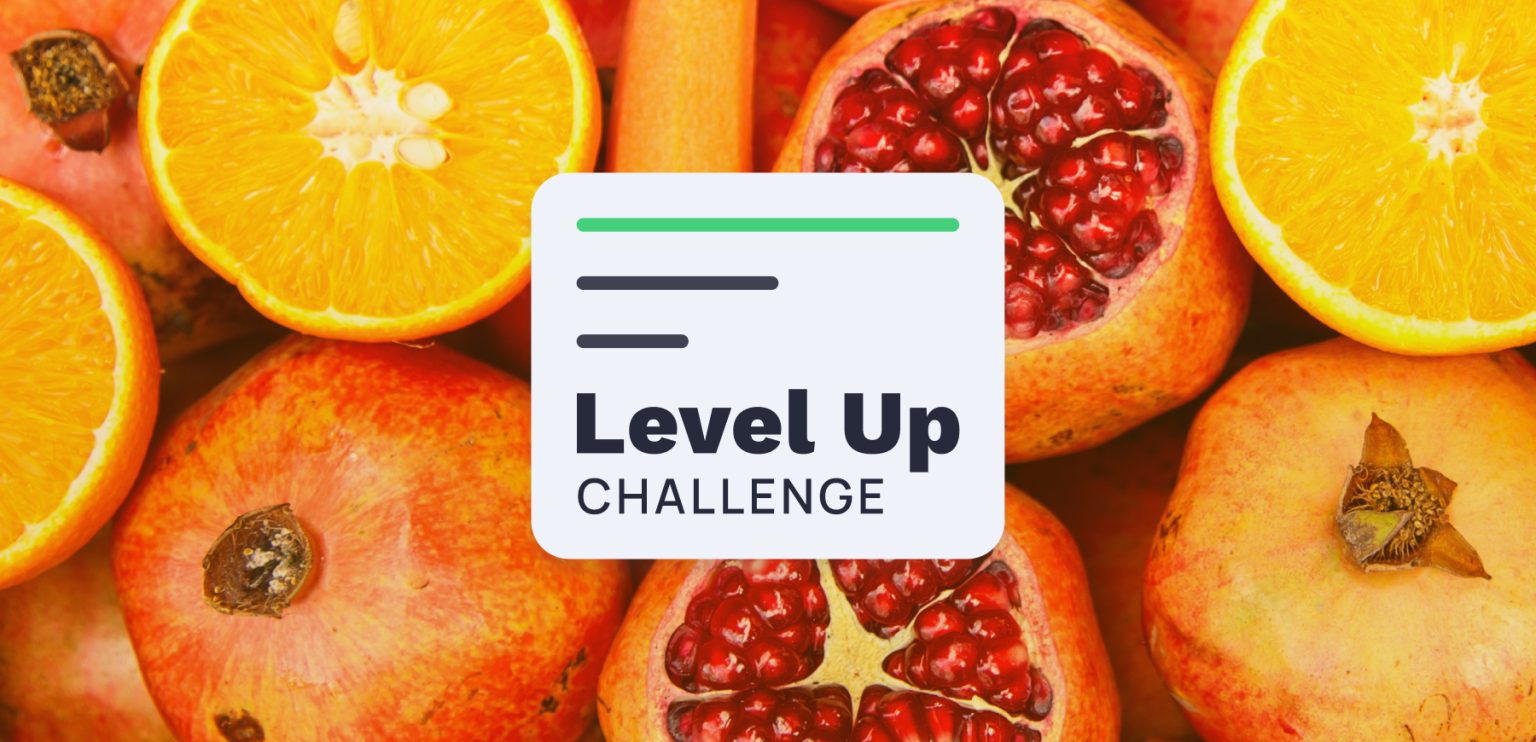Students, please take your seats and open your notebooks in preparation for the third session in our 4-week back to school series teaching you all about nutrition from the ground up.
This lesson includes several 📚 homework assignments which are designed to help you find new Cronometer functionality and apply your newfound nutrition knowledge to your own diet. If you want to stay in our good books, don’t forget to complete your assignments and share what you’ve learned on Reddit!
Class is beginning, so if you’re ready to hit the books, scroll down to get started
What Are Micros?
To refresh from last week, micronutrients (or “micros”) include vitamins and minerals. They don’t contain calories but our bodies need them for growth, development, metabolism, and immune function. Each micronutrient does something different, and many work together to ensure body processes are happening normally.
When you add food into your Cronometer account, you’ll be able to see how much of each mineral (like calcium, magnesium and iron) you’re getting from your diet. If you take mineral supplements, you can add this into Cronometer the same way you would add a food.

What Are Minerals?
Minerals are vital nutrients that help our bodies function properly, supporting everything from strong bones to energy levels. Since we can’t produce them ourselves, it’s important to get enough minerals like calcium and magnesium through our diet to stay healthy and energized. Keep reading to learn more about a few key minerals.
📚 Homework: Find the function & sources of iron
With Cronometer, you can easily find information on any nutrient to learn more about it’s function and to see what foods are good sources of it. For this homework assignment, let’s find out more about iron.
From the mobile app, go to your Diary, tap the three-dot icon in the top right, and select Daily Report. Scroll down to iron and tap on your progress bar.
On the web app, scroll down on your Diary and hover over the iron progress bar.
From here, you’ll learn that iron is used to make energy and that it’s easier to absorb from animal sources. You’ll also find a list of good iron sources and a a tip to eat iron along with vitamin C in order to improve absorption.
Sodium
Did you know that the average person consumes about 3,400 milligrams of sodium per day? 🧂
This amount, reported by the Centers for Disease Control and Prevention, is well above the recommended limits set by health organizations, such as the RDA of 2,300 milligrams per day and the American Heart Association’s ideal limit of 1,500 milligrams per day.
Most of the sodium intake in the average diet comes from processed and prepared foods. On average, about 70-75% of the sodium people consume comes from processed foods, including items like bread, deli meats, pizza, soups, and snack foods.
What Happens When You Consume Too Much?
Consuming too much sodium can lead to both short-term and long-term health issues. In the short term, it causes water retention, leading to weight fluctuations and bloating, as well as increased strain on your heart and blood vessels.
Over time, excessive sodium intake raises the risk of hypertension (high blood pressure) and heart disease, as it puts added stress on your cardiovascular system and can also impact kidney function. Managing sodium intake is important for maintaining heart health and preventing chronic conditions.
Add sodium as a Highlighted Target to make it easy to track your sodium intake, visit the User Manual to learn how to do this!
📚 Homework: Look at your sodium intake via Charts
This homework lesson is available to our Gold subscribers, so if you haven’t already, upgrade to our Gold subscription. This will give you the ability to take a look at your sodium intake each day over time with Charts.
On mobile, head to the Discover tab > Charts. On web, click Trends > Charts.
Scroll down to the Single Nutrient Chart. This will default to potassium, but you can change it to sodium using the drop-down menu. Take a look at your sodium intake over the last two weeks. Do you notice any trends?

Magnesium
Magnesium deficiency is incredibly common globally. It is estimated that 50% to 75% of people do not get enough magnesium in their diets; and the repercussions of deficiency can be serious. So, it’s important to make sure your body is getting enough of this mineral. Magnesium plays a critical role in numerous bodily functions.
It’s involved in over 300 enzyme reactions, including:
Muscle and Nerve Function
Magnesium is vital for muscle contraction and relaxation and is necessary for proper nerve transmission.
Energy Production
It’s involved in the production of ATP (adenosine triphosphate), which is the energy currency of the cell.
Protein Synthesis
Magnesium helps in the synthesis of proteins, which are necessary for cell repair and growth.
Bone Health
Around 60% of the body’s magnesium is stored in the bones, contributing to bone strength and the regulation of calcium and vitamin D levels.
Blood Sugar Control
Magnesium is involved in glucose metabolism and insulin function, playing a role in blood sugar control.
Heart Health
It helps maintain a steady heartbeat and regulates blood pressure by supporting the function of the heart and blood vessels.
📚 Homework: Add magnesium to your Highlighted Nutrients

Calcium
Did you know that the average adult needs about 1,000 to 1,200 milligrams of calcium per day? 🥛
This amount, recommended by health organizations like the National Institutes of Health, is crucial for maintaining strong bones and teeth. Calcium is also essential for muscle function, nerve signaling, and blood clotting.
Most of the calcium intake in the average diet comes from dairy products like milk, cheese, and yogurt. However, many people also get calcium from fortified foods and plant-based sources, such as leafy greens, almonds, and certain types of fish like sardines.
📚 Homework: Find your top sources of calcium

How to Track Minerals with Cronometer?
With Cronometer there are several ways to track your mineral intake. If you’ve been completing your homework assignments, chances are you’ve already found some of them!
Daily Report: From the mobile app, go to your Diary, tap the three-dot icon in the top right, and select Daily Report. Or on web, just scroll down! This is where you’ll find a summary of your mineral intake for the day.
Nutrition Report: From the Discover tab, tap Report. Or on web, click Trends > Nutrition Report. This will look identical to the Daily Report but the data is slightly different. This report gives you your average daily intake across a specified date range.
Highlighted Nutrients: With Cronometer you can select up to 8 nutrients to highlight, allowing you to easily view your daily intake in the top header bar of the Diary. Swipe left twice from the Energy Summary circles to view. To choose what shows up here navigate to More > Targets > Nutrient Targets and tap on Selected Highlighted Nutrients.
Single Nutrient Chart: If you want to go beyond the Daily Report and the Nutrition Report, upgrading to our Gold subscription, will give you the ability to take a look at your mineral intake each day over time with Charts.
On mobile, head to the Discover tab > Charts. On web, click Trends > Charts.
Scroll down to the Single Nutrient Chart. This will default to potassium, but you can change it to any nutrient (mineral) using the drop down menu. To learn more about how to use and leverage charts visit our blog here.
In Conclusion
Well, that’s a wrap on the third session in our 4 week course, nicely done! If you are ready to keep learning, feel free to jump ahead to Nutrition 101: Leveraging Cronometer.
Otherwise, keep an eye out for our next update from within the app or in your emails. You can opt in to receiving emails by going to More > Account > Privacy and toggle on ‘I agree to receive newsletters and promotional emails’.




